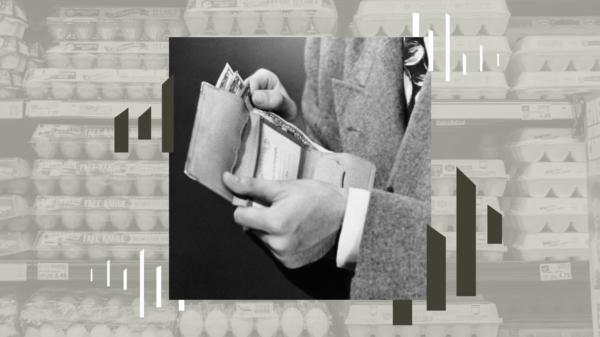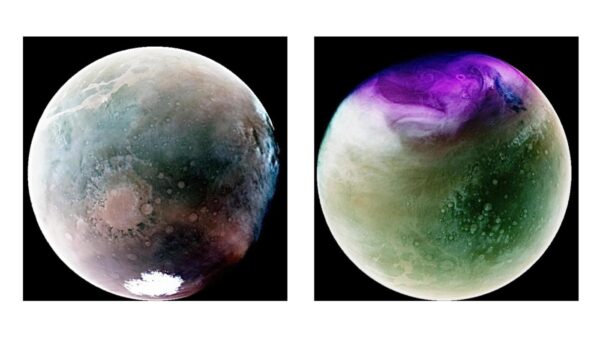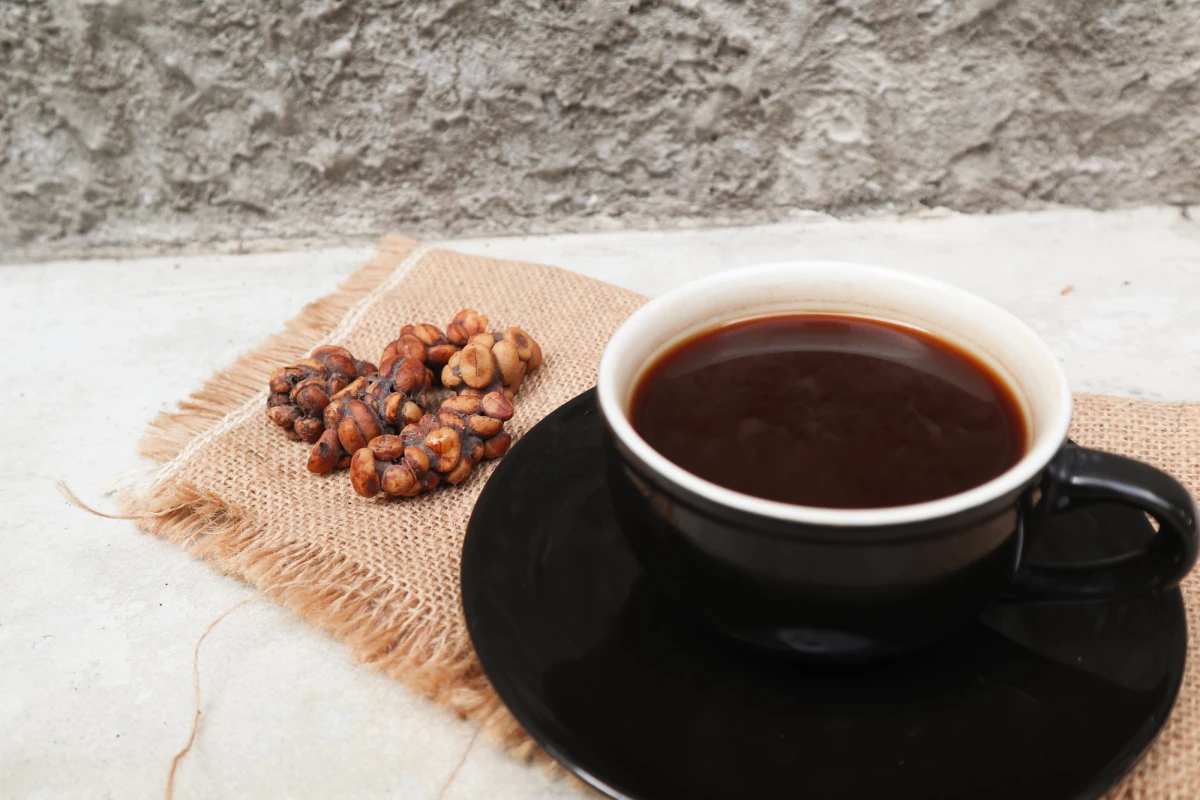Kopi luwak, known as the world’s most expensive coffee, has garnered significant attention due to its unique flavor and the unconventional method of production. Recent research suggests that the global revenue for this premium coffee could reach US$11 billion by 2032, capturing approximately 3% of the projected world coffee market.
The term “luwak” refers to the Asian palm civet, a small mammal often compared to a cat. The coffee is produced from beans that have passed through the civet’s digestive system. The animal consumes the flesh of the coffee berry but excretes the beans, which are then collected, cleaned, and processed. This unusual method has led to debates about what makes kopi luwak so special and worthy of its hefty price tag.
Research published in March 2024 in the journal Scientific Reports examined the differences between beans retrieved from civet scat and those collected directly from coffee plantations. The study found that beans sourced from civet droppings had significantly higher levels of total fat and were larger in size. These findings suggest that the civet selectively consumes the fleshiest berries, potentially enhancing the flavor profile of the coffee.
The increased fat content is significant because fat plays a crucial role in coffee’s aroma and taste. The researchers identified two fatty acid methyl esters, caprylic and capric, that contribute to the flavor and aroma of the coffee, often associated with a creamy or dairy-like profile. Although the study focused on raw beans, the authors cautioned that the differences observed do not directly translate to variations in the flavor of the final roasted coffee.
One theory posits that the civet’s digestive process acts as a form of natural fermentation, enriching the flavor complexity of the beans during the 12 to 36 hours they spend in the animal’s system. This notion reinforces the idea that kopi luwak beans do indeed have distinctive qualities due to their unique processing method.
As demand for kopi luwak grows, particularly in international markets, producers in Indonesia have begun farming caged civets. This practice raises ethical concerns, as it diminishes the natural selection process that wild civets exhibit. Animal rights organization PETA has reported on the poor conditions many caged civets endure, alleging that a significant portion of the product marketed as wild-sourced is, in fact, farmed.
Interestingly, the recent study was conducted in the Western Ghats region of India, specifically in Kodagu, where entrepreneurs are attempting to produce civet coffee from wild animals. Reports indicate that these producers claim they can offer kopi luwak at a significantly lower price than what is typically found in international markets.
Despite the intriguing story behind kopi luwak and its potential flavor benefits, the question remains: does its price justify the means of production? Coffee enthusiasts often seek the best flavors, yet the brewing process itself—encompassing freshness, roasting, grinding, and cleanliness—plays a critical role in the final taste. Even in renowned coffee hubs like Melbourne, where exceptional coffee can be found, disappointment can stem from factors unrelated to bean sourcing.
Ultimately, while the allure of kopi luwak persists, consumers should remain aware of the ethical considerations and production practices behind this distinct beverage. The complexities of flavor associated with kopi luwak may entice some, but the broader implications of its production warrant careful consideration.






































































